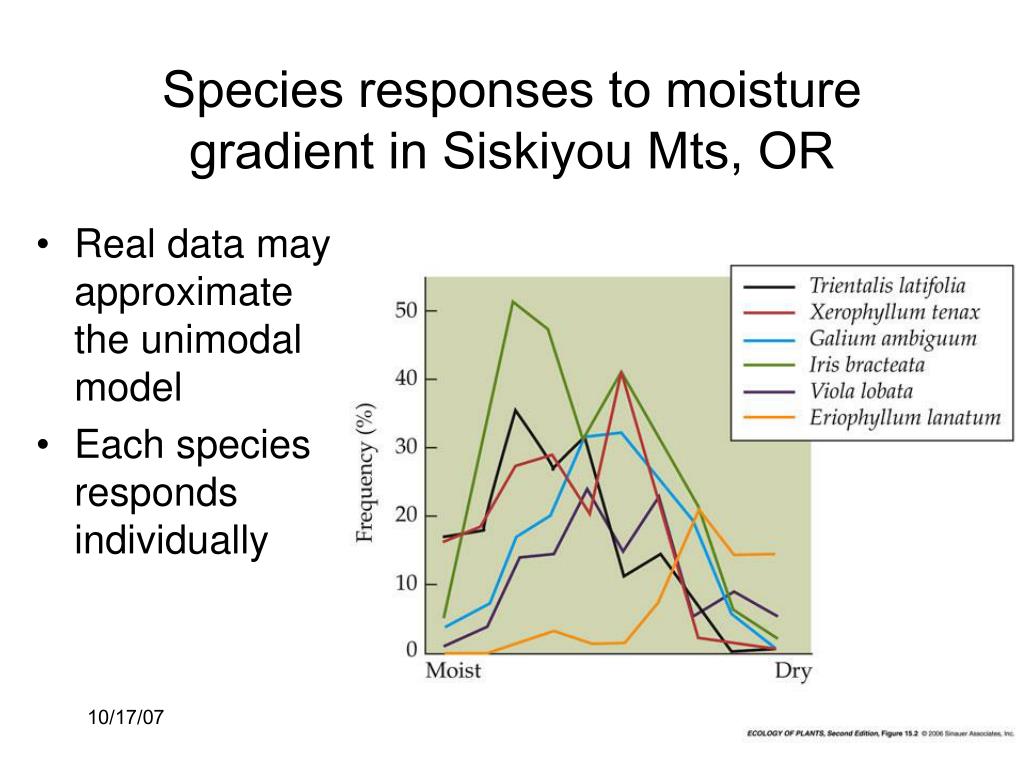
The funders had no role in study design, data collection and analysis, decision to publish, or preparation of the manuscript.Ĭompeting interests: The authors have declared that no competing interests exist. This is an open-access article distributed under the terms of the Creative Commons Attribution License, which permits unrestricted use, distribution, and reproduction in any medium, provided the original author and source are credited.įunding: This research was primarily supported by the BBSRC (BB/C500544/1) with additional fellowship (YSG, RST) support from the EC (MEIF-CT-2005-009981) and studentship support (HJ, RST) from NERC (NER/S/A/2004/12449). Received: OctoAccepted: MaPublished: April 29, 2010Ĭopyright: © 2010 Thorpe et al. PLoS Genet 6(4):Įditor: Bruce Walsh, University of Arizona, United States of America This rejects allopatric speciation in a case study from a system thought to exemplify it, and suggests the potential importance of ecological speciation.Ĭitation: Thorpe RS, Surget-Groba Y, Johansson H (2010) Genetic Tests for Ecological and Allopatric Speciation in Anoles on an Island Archipelago. Indeed, there is more genetic isolation between adjacent populations of the same species from different habitats than between separate putative allospecies from the ancient islands. However, when we use selectively neutral markers from the nuclear genome, on this naturally replicated system, we can see that these anoles are freely exchanging genes and not behaving as species. Now they have met, we can genetically test for reproductive isolation. The molecular phylogeny and geology show that these ancient islands have had their own tree lizard (anole) species for a very long time, about six to eight million years. Current-day Martinique in the Lesser Antilles is composed of several ancient islands that have only recently coalesced into a single entity. Islands epitomise the conventional view of geographic (allopatric) speciation, where genomes diverge in isolation until accumulated differences result in reproductive isolation and the capacity to coexist without interbreeding. Over the last 150 years, since Darwin's study of islands and his “Origin of Species,” island archipelagos have played a central role in the understanding of evolution and how species multiply (speciation). It also explains the paucity of anole species in the Lesser Antilles compared to the Greater Antilles.
ECOTONE VS CONTINUUM FULL
This rejects the development of reproductive isolation in allopatric divergence, but supports the potential for ecological speciation, even though full speciation has not been achieved in this case. Importantly there is greater genetic isolation across the xeric/rainforest ecotone than is associated with any secondary contact. The degree of genetic interchange shows that while there is always a significant genetic signature of past allopatry, and this may be quite strong if the selection regime allows, there is no case of complete allopatric speciation, in spite of the strong primae facie case for it.

We take advantage of this opportunity of replicated island coalescence and independent ecological adaptation to carry out an extensive population genetic study of hypervariable neutral nuclear markers to show that even after these very substantial periods of spatial isolation these putative allospecies show less reproductive isolation than conspecific populations in adjacent habitats in all three cases of subsequent island coalescence. Moreover, adjacent anole populations also show marked adaptation to distinct habitat zonation, allowing both allopatric and ecological speciation to be tested in this system. Four precursor island species, with up to 8 mybp divergence, met when their islands coalesced to form the current island of Martinique. Geological and molecular phylogenetic evidence show that, in this archipelago, Martinique anoles provide several examples of secondary contact of island species. Even during the ongoing paradigm shift towards other modes of speciation, island radiations, such as the Lesser Antillean anoles, are thought to exemplify this process. From Darwin's study of the Galapagos and Wallace's study of Indonesia, islands have played an important role in evolutionary investigations, and radiations within archipelagos are readily interpreted as supporting the conventional view of allopatric speciation.


 0 kommentar(er)
0 kommentar(er)
